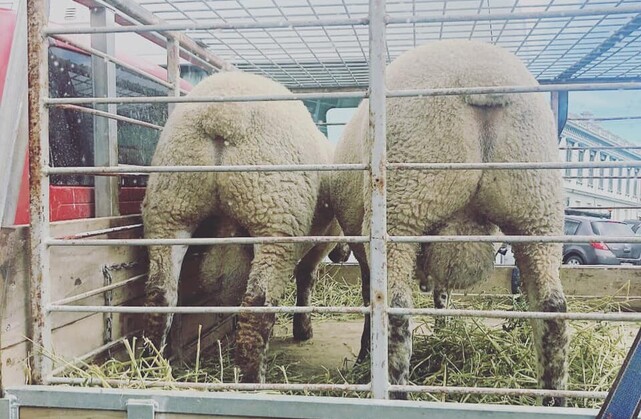Chorioptic or Scrotal Mange is an major cause of poor breeding soundness in New Zealand rams. The causative mites, Chorioptes bovis, live and feed on the skin of sheep, goats, cattle and horses. In sheep, both rams and ewes can carry the mite, however it is often of more significance in the rams, where the mites can cause a hypersensitivity reaction. This hypersensitivity reaction leads to an increase in testicular temperature, resulting in poor fertility, testicular hypoplasia or testicular atrophy. This means you may have a temporarily or permanently unsound ram.
So how do you know if your rams have scrotal mange?
Often when you handle the scrotum, affected rams will show a classical nibble response. Other signs include thickening of the skin, hair loss, exudate, and scab formation; all leading to an increase in scrotal temperature. These signs may also be seen on the lower limbs and the poll. Small lesions can make your ram temporarily unsound and require treatment. Larger areas, where more than half of the scrotum is affected, can mean your ram is completely unsound for the season, and in some cases they become permanently unsound.
Treatment of scrotal mange involves the use of organophosphates, applied directly to the scrotum if only a few rams are affected; or via a shower/plunge dip if the whole flock requires treatment. An alternative treatment is dectomax, with another treatment two weeks later.
In ram hoggets, there is usually a build up of mites during winter and spring, therefore the preventative spraying of these animals is recommended. It is important to remember that individuals without lesions can still carry mites, therefore it may be useful to treat all your rams.
- Emily Chisholm


